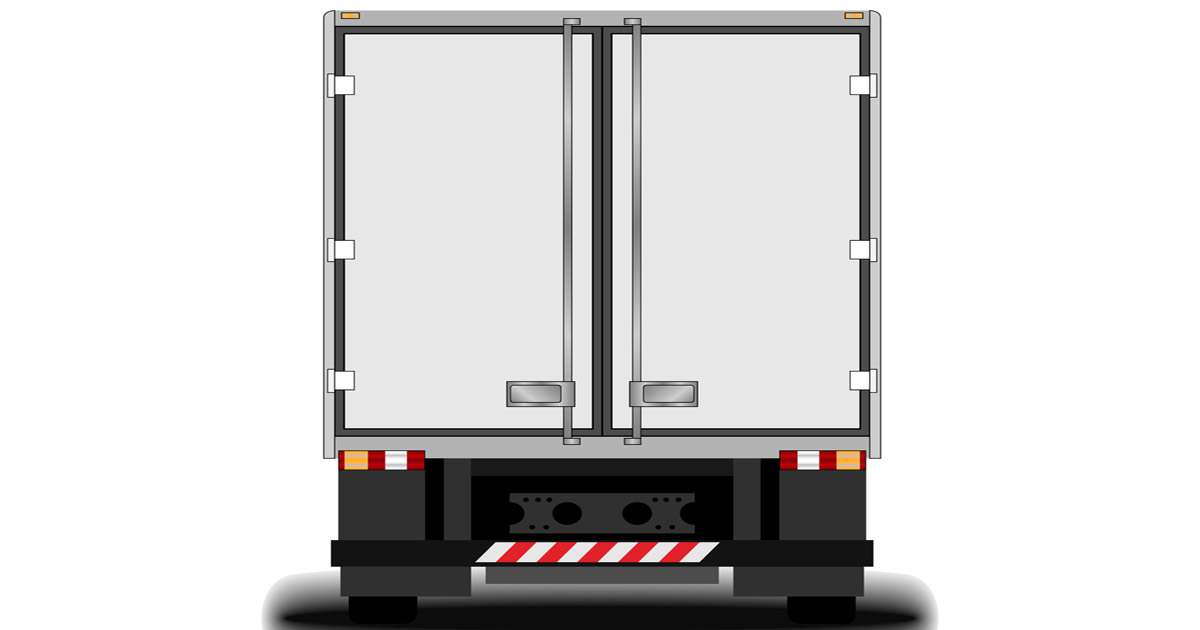Truck accidents are known for causing some of the most severe injuries due to the massive size and weight of the vehicles. Unfortunately, the occupants of the passenger vehicle often suffer the most catastrophic, often fatal, injuries, regardless of who caused the accident.
Underride truck accidents are particularly devastating due to the nature of the crash. The passenger vehicle often gets trapped underneath the truck’s trailer. Underride guards can prevent passenger vehicles from sliding underneath the truck. However, while some cities require trucks to be fitted with side underride guards, there are currently no federal requirements for side underride guards in the United States.
What Are the Current Regulations for Underride Guards?
In 1996, the National Highway Traffic Safety Administration (NHTSA) required all commercial trucking companies to install underride guards on the back of the truck’s trailer. Rear underride guards prevent passenger vehicles from sliding underneath the truck in a rear-end collision. In 1998, all commercial trucks with a gross weight of 10,000 pounds or more had to follow mandatory guidelines, which increased the number of trucks equipped with rear underride guards and established specific requirements for the guards’ height, weight, and strength.
While these regulations were implemented to reduce the dangers of underride accidents, it is essential to recognize that not all underride accidents are rear-end collisions. Several scenarios can cause a side-impact truck accident. For example, if a truck driver suddenly veers into an adjacent lane, the passenger vehicle can slide under the side of the truck. This type of accident can also occur if a truck driver is distracted, under the influence of drugs or alcohol, drives while drowsy, is speeding, or has been poorly maintained, and the brakes stop working, or if there is a tire blowout.
The Stop Underrides Act was introduced to Congress to prevent potentially fatal side-impact truck accidents. Commercial trucks weighing 10,000 pounds or more would have to meet the following requirements:
- Strengthened rear underride truck guards.
- Installation of additional underride guards on the sides and front of commercial trucks.
- Development of side and rear guards tested to prevent a passenger vehicle traveling 35 miles per hour from sliding under a truck’s trailer.
- Periodic inspection of underride guards, with a mandate that a truck is placed out-of-service if guards need to be replaced or repaired.
How Likely Is it That Side Underride Guards Will Be Required?
According to the Owner-Operator Independent Drivers Association (OOIDA), the costs associated with the side underride mandate outweigh the benefits. Based on a report from the DOT, an estimated 17 lives would be saved, and 69 serious injuries would be prevented each year if all trailers were equipped with side underride guards. The initial cost to install side underride guards on the roughly 260,000 new trailers sold yearly would be approximately 778 million. In a statement from the President of the OOIDA, based on the NHTSA’s latest research, there is no valid reason to mandate side underride guards on commercial trucks. He noted that the proponents of side underride guards have not demonstrated whether side underride guards are effective in highway conditions.
The NHTSA is seeking additional information on a range of factors that were not included in its cost-benefit analysis, including the following:
- How the side underride guards affect the trailer operations. For example, could the underride guards scrape the road when driving over a speed bump, highway-rail crossing, or when the truck enters a loading dock ramp?
- Could the side underride guards cause additional wear and tear on the trailers?
- Could the side underride guards negatively impact safety inspections of the underside of the trailer?
- What effect would the side underride guards have on port and loading dock operations, freight capacity, and greenhouse gasses and pollutants caused by increased fuel consumption?
- How practical and feasible side underride guards in intermodal operations?
- What is the cost and weight of strengthening beams, frame rails, and trailer floor to accommodate side underride guards?
What Are Common Injuries Caused by Side Underride Truck Accidents?
Truck accidents often cause significant property damage and life-threatening injuries. However, underride accidents are particularly devastating since the passenger vehicle ends up underneath the truck’s trailer, causing the top of the car to be crushed or torn off. As a result, if the passengers of the vehicle are fortunate enough to survive the crash, they often suffer a range of catastrophic injuries, including the following:
- Amputation
- Broken and crushed bones
- Death
- Decapitation
- Internal bleeding and organ damage
- Nerve damage
- Spinal cord injuries and paralysis
- Traumatic brain injuries
Possible Damages for a Side Underride Truck Accident
Unfortunately, the injuries from a side underride truck accident are often catastrophic, and the costs associated with a severe injury can accumulate very quickly. The following damages might be possible:
- Compensation for medical expenses associated with your injury, including hospitalization, surgeries, physical therapy, prescription medication, and medical devices.
- Lost wages if you cannot return to work due to injury.
- Property damage.
- Pain and suffering.
A skilled truck accident lawyer can assist you with every step of the claims process, protect your legal rights, and address all your questions and concerns.
Dayton Truck Accident Lawyers at Wright & Schulte LLC Pursue Maximum Settlement for Victims of Side Underride Truck Accidents
If you or a loved one suffered an injury in a side underride truck accident, do not hesitate to contact our Dayton truck accident lawyers at Wright & Schulte LLC. To schedule a free consultation, call us today at 937-222-7477 or contact us online. Located in Dayton, Ohio, we serve clients in Cincinnati, Columbus, Cleveland, Centerville, Toledo, Youngstown, and Miamisburg.



